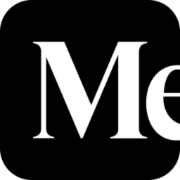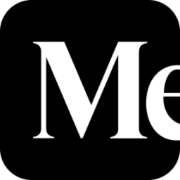This week's best things
A wall of sound, a spectacular website celebrating Andrei Sakharov, the importance of word choices, Kotter's dual operating system, Swedish perspectives on AI in exhibitions, an AI playbook for charities, Fyre Festival 2, a final essay from SGS and Owais Lightwala, a survey on digital failure.

Last week's edition was very long, this week's is shorter, promise.
Wall of sound
A fun web thing that has a whole load of sound samples that you can trigger and loop to create a variety of found-sound-like soundscapes.
The Andrei Sakharov Museum
A pretty cool website celebrating the centenary of Andrei Sakharov.
It has a lot of scrollytelling bells and whistles, which might be a bit much for some (potentially most) people. But there are creative ideas in here, pretty well executed.
And some of the design choices they've made around the longform text content are nice too.

Cohort 2 of the Cultural One-Month Mentor Scheme
I'm one of the mentors for Cohort 2 of the Cultural One-Month Mentor Scheme (COMMS) which will run in April and early May this year.
This scheme is aimed at supporting digital professionals working in the cultural sector and is the brainchild of the brilliant Haydn Corrodus (who I've previously spoken to on the Digital Works Podcast).
I think and hope it's a good way of sharing knowledge and experience.
The closing date for application is Friday 14th March (that's next Friday).
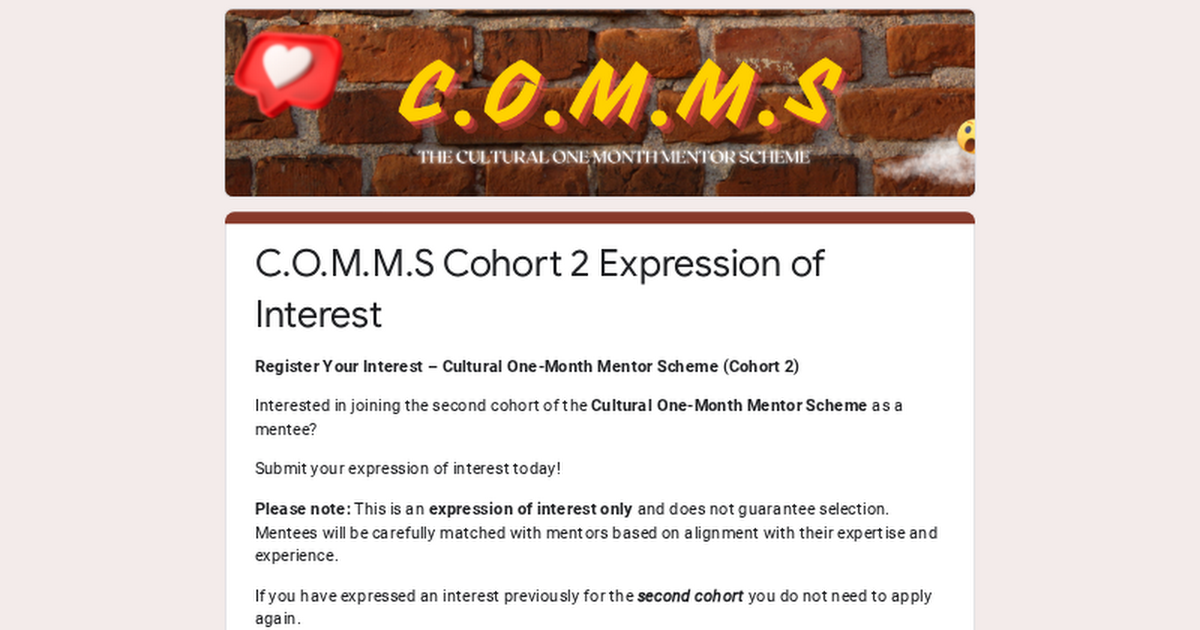
Pee and poo and the language of health
I came across this blog post from 2019 in which Sara Wilcox, content designer with NHS.UK’s standards and service manual team, explains "how we decide which words to use on the NHS website."
I think it's well worth a read for anyone who has responsibility for language choices at an organisation.
Sara mentions that some people have complained that their language choices are "‘dumbing down’, ‘simplistic’ or ‘patronising’" which will be familiar to anyone who has tried to make big changes to make cultural jargon more understandable.
But Sara also highlights that "overall, we get more than 10 positive comments for every negative one. This reflects what we see when we test our content face-to-face. Most people appreciate simple, everyday English. "
Constellation 2.0: Lessons in developing cross-museum digital projects
The team at ACMI in Melbourne share lessons from the work they've done with the Deutsches Filminstitut & Filmmuseum (DFF) between 2019–2024.
There are some really useful lessons shared here that could be applicable to anyone undertaking a digital project, not just ones involving multiple organisations.
Some of the learnings include:
- Create a framework whereby organisations’ levels of readiness for digital projects can be assessed prior to undertaking joint initiatives.
- Agree clear goals, workflows and roles and responsibilities at the start and set up progress and pulse checks throughout the project
- Utilise leadership & ‘agents of change’ to maximise buy-in for cross- organisational initiatives
- Adopt 1:1 mentorship models to bolster staff and maximise their learnings throughout cross-organisational initiatives
- Use audience research to drive, shape and sustain digital project delivery
- Design for staff and audiences
- To sustain and grow digital innovation efforts, invest in talent and growing key skills within your organisation and provide sufficient resource for efforts
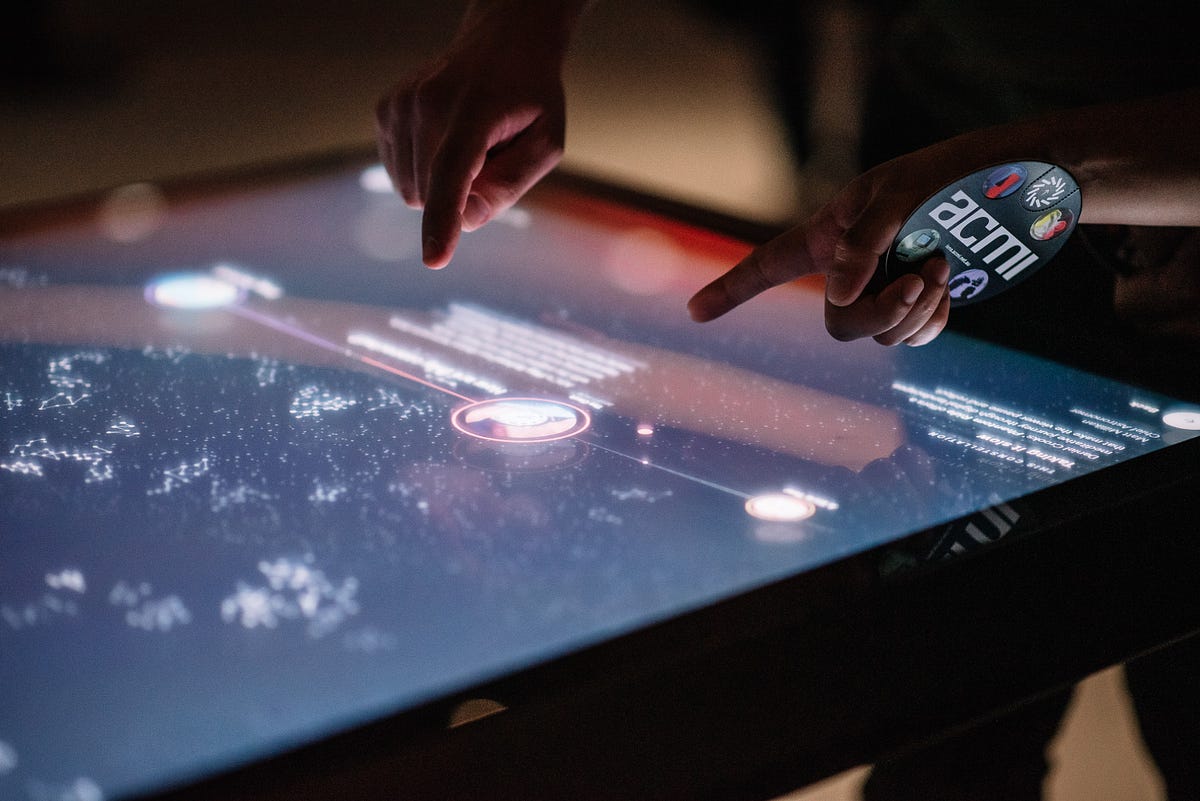
Kotter’s dual operating system
Spotted via Neil Williams's latest weeknote. It feels like a thoughtful and interesting approach to helping organisations identify and assess threats and opportunities, and effectively and proactively deal with change.
"Because a dual operating system evolves, it doesn’t jolt the organization the way sudden dramatic change does. It doesn’t require the organization to build something gigantic and then flick a switch to get it going. Think of it as a vast, purposeful expansion in scale, scope, and power of the smaller, informal networks that accomplish tasks faster and cheaper than hierarchies can."
Kotter's system also chimes with something that the Digital Failure survey is picking up, namely that "you can't [easily] fit agile, user-centred projects into a largely waterfall, traditional organisation without broader culture change work also going on."
This idea originates with work done by John Kotter (hence the name) In his 2012 piece in the Harvard Business Review he accurately describes the difficulties for established/encumbent organisations to shift into a more proactive or agile mode - because their structures, processes and culture actively work against this.
"We cannot ignore the daily demands of running a company, which traditional hierarchies and managerial processes can still do very well. What they do not do well is identify the most important hazards and opportunities early enough, formulate creative strategic initiatives nimbly enough, and implement them fast enough. [...]
Hierarchies and standard managerial processes, even when minimally bureaucratic, are inherently risk-averse and resistant to change. Part of the problem is political: Managers are loath to take chances without permission from superiors. Part of the problem is cultural: People cling to their habits and fear loss of power and stature—two essential elements of hierarchies. And part of the problem is that all hierarchies, with their specialized units, rules, and optimized processes, crave stability and default to doing what they already know how to do. (These characteristics are even more pronounced when you pile one hierarchy on top of another to create a matrixed organization.)"
He identifies a way for these structured and less structured energies (which he calls 'the hierarchy' and the 'strategy network') to co-exist productively within an organisational context (his 'operating system') - which feels like an exciting and useful idea.
"The strategy network meshes with the hierarchy as an equal. It is not a super task force that reports to some level in the hierarchy. It is seamlessly connected to and coordinated with the hierarchy in a number of ways, chiefly through the people who populate both systems. Still, the organization’s leaders play an important role in launching and maintaining the network: the C-suite or executive committee must create it (more on that later) and explicitly bless and support it. The network cannot be viewed as a rogue operation. It must be treated as a legitimate part of the organization, or the hierarchy will crush it."
It is usually a clash between those two styles of working (highly structured vs more fluid) that makes change projects so unenjoyable and difficult.
In his weeknote, Neil also linked to this piece from Tash Willcocks, "Don’t micromanage the cheese". Which includes both an enjoyable (and extended) cheese toastie metaphor, and this useful illustration of how the 'two operating systems' function together (below).
In her article, Tash really brilliantly describes and diagnoses the ways in which the pandemic disrupted our ways of working, and how proactively adopting a system like Kotter's may be an effective way of fixing and improving things.
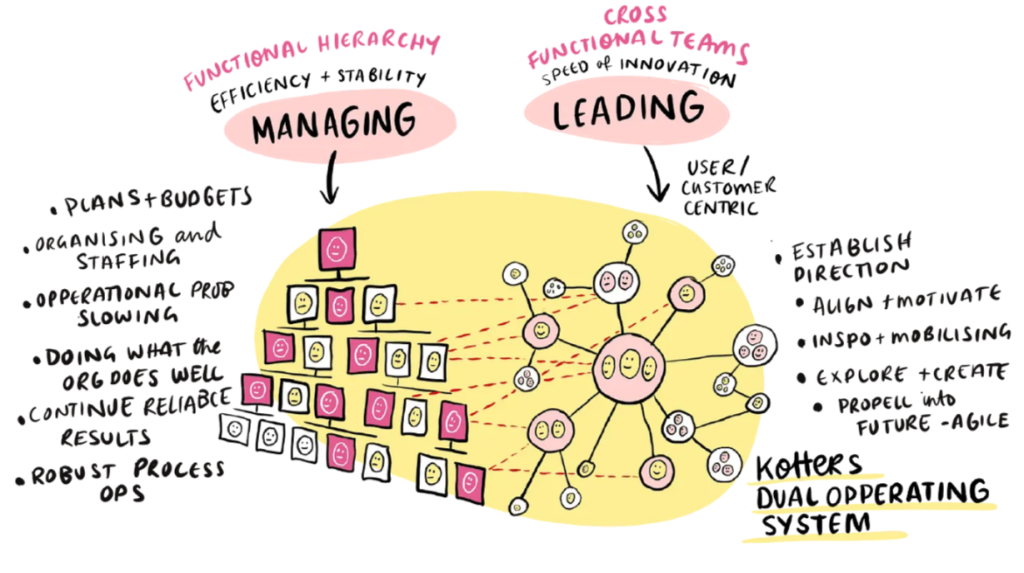
"Don’t neglect the bread (the Slow System). Structure still matters. But instead of rigid control, focus on clarity, alignment, and support. Leaders in hierarchical structures should be removing blockers, NOT adding friction.
Invest in psychological safety. If people don’t feel safe to experiment, challenge ideas, speak up, or take risks, then the Fast System grinds to a halt. The best systems leaders look at creating trust and psychological safety at scale (not easy)."

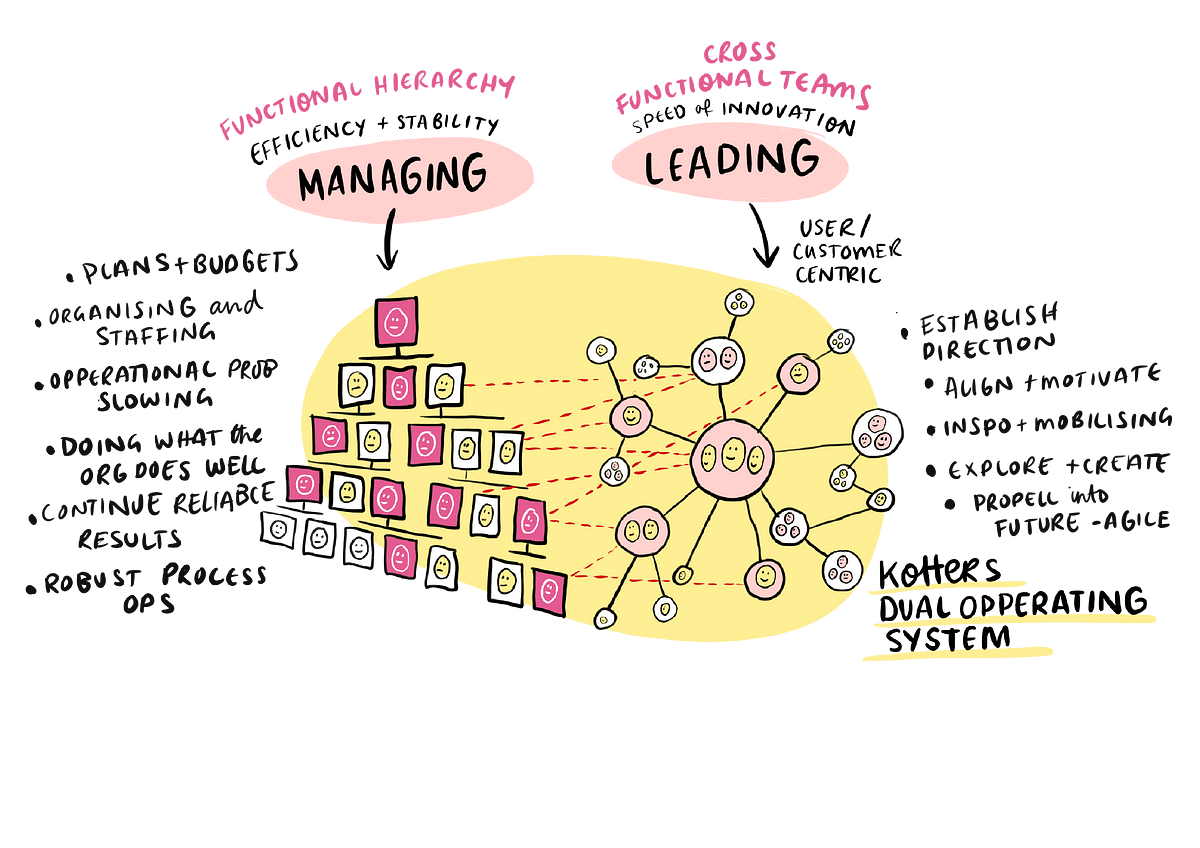
Rest of Europe should follow Denmark’s lead in banning phones in schools, says expert
"The whole of Europe should follow Denmark’s lead by banning mobile phones from schools to stop them from being “colonised by digital platforms”, the chair of the country’s wellbeing commission has said.
Removing mobile phones from schools gave young people a “pause” from online life, teaching them how to be part of analogue communities and train their attention spans, said Rasmus Meyer, who led the government commission to investigate growing dissatisfaction among children and young people."
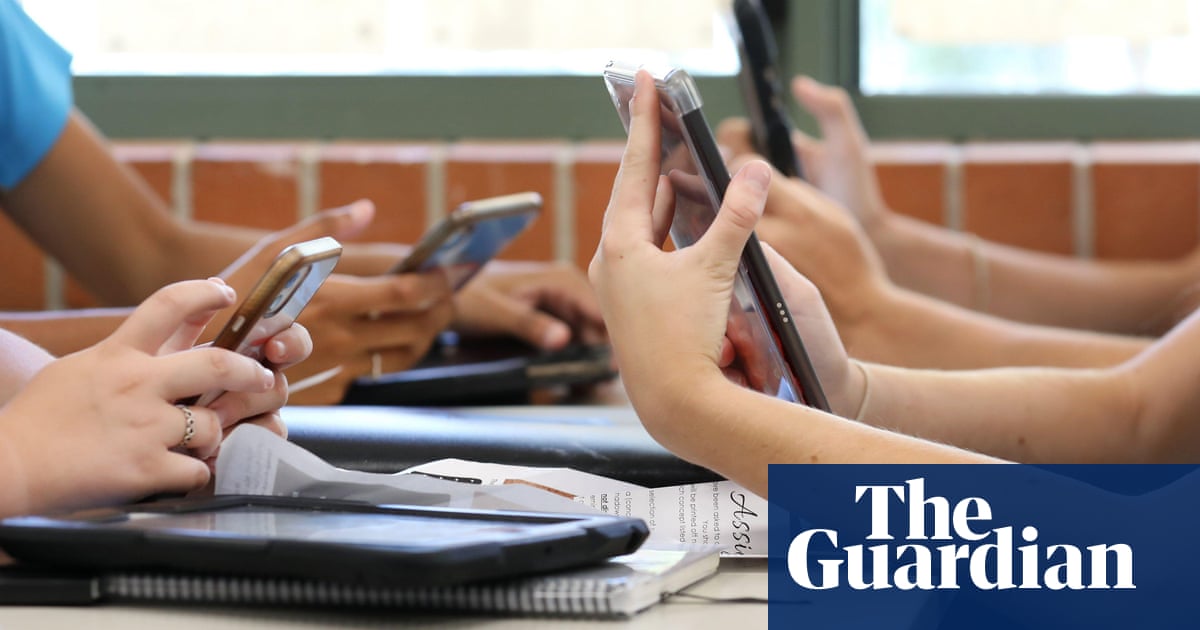
Imagining the past — Generative AI as art, historical interpretation or fiction
Some interesting thoughts and questions from Kajsa Hartig in response to a recent debate in Sweden about the efficacy and ethical value of including AI-generated content in museum exhibitions.
"In general, concerns and doubts about AI-generated images in the museum sector stem from, among other things, fears of copyright infringement and the risk of visual creators losing their jobs. Arguments are also raised, as in the case of Häxor, about the risk of lacking historical authenticity. The question of who owns the AI and how it is trained is also highly relevant.
However, Pompe makes an important point about the need for museums to reach new audiences. The question of generative AI and visual storytelling is highly topical and relevant and should spark a much broader discussion about the exhibition medium, and not stop at debating the authenticity of the images. Instead: How can story experiences create value for museums?"
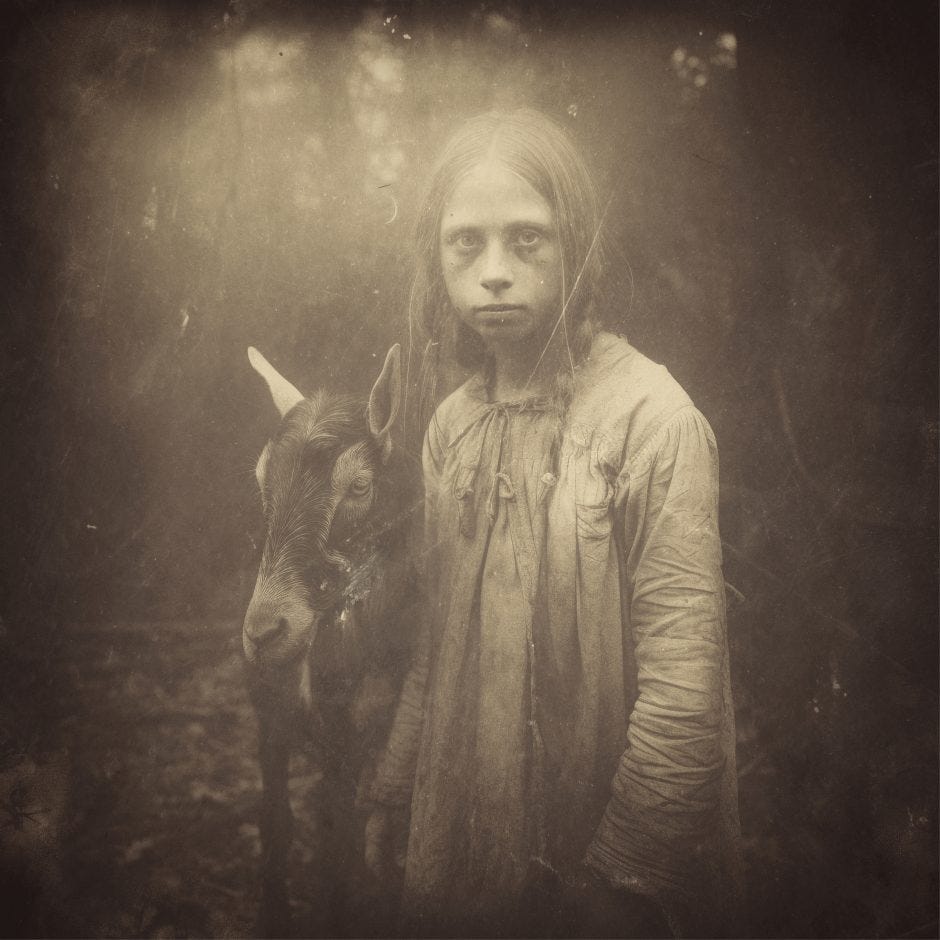
AI Playbook for charities
"Artificial intelligence is transforming how organisations operate, and charities risk being left behind. The technology is advancing exponentially while charitable organisations typically move forward through careful, iterative steps. This growing gap between AI capabilities and organisational readiness creates particular challenges for mission-driven organisations, which must balance innovation with responsible stewardship of limited resources.
We wrote this playbook to help charities use AI thoughtfully and effectively. We are drawing from decades of experience working both within charities and alongside them as consultants."
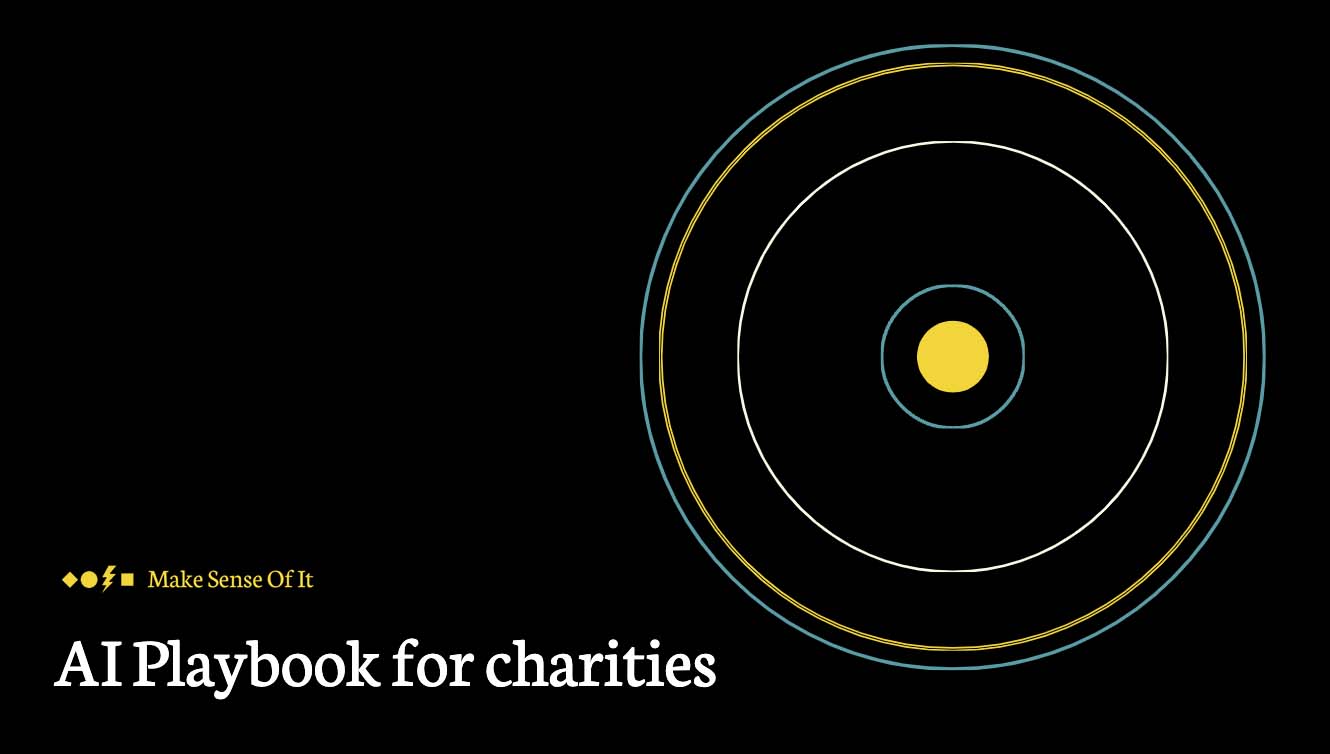
Fyre Festival 2
“For us, this is an event that does not exist.”
Where have we heard that before...

Essay #9: The Last One. For Now.
For the last couple of years, Sarah Garton Stanley and Owais Lightwala have published a series of essays offering observations, analysis, and provocations for the cultural sector (from a Canadian perspecctive).
This week they published their final essay, for now.
"As we come to an end of this thinking-out-loud experiment that is Manifesto for Now, I want to challenge our sector to not give into the despair and the doom scrolling. It’s gonna be rough. It’s gonna be scary. But I think we will emerge stronger on the other side. I think our job now, us who call ourselves artsworkers, is to support the troops. The troops in this case being the ordinary Canadians who are going to struggle with the Herculean task of keeping our hearts soft and open in the face of hate and fear. I think of the Holland Festival in Amsterdam, a major international cultural festival that was created as a response to WW2, because the leaders of that time didn’t want their people to become afraid of outsiders after the war. I think of how proudly Canadians sponsored Syrian refugees. I think of how people came together to help each other during the pandemic. We can do this, but we will need to constantly be offered reminders of our shared humanity."
Digital failure
I’m running a short, anonymous survey to gather real experiences of digital projects that didn’t go as planned.
The aim isn’t to dwell on what went wrong, but to understand why so we can share lessons that help the whole sector make digital work better.
The survey is open for the next month, and is totally anonymous. Please do share your experience, early responses are already revealing some common themes:
- Tight and unrealistic timeframes leading to compromised outcomes
- Lots of opinions, but a lack of clear direction and ownership
- Strong buy-in and motivation at the start, but priorities shifted, and the project lost focus
- Recognition that trial projects could have helped teams develop their understanding before committing to a big, unsuccessful investment
Sound familiar?
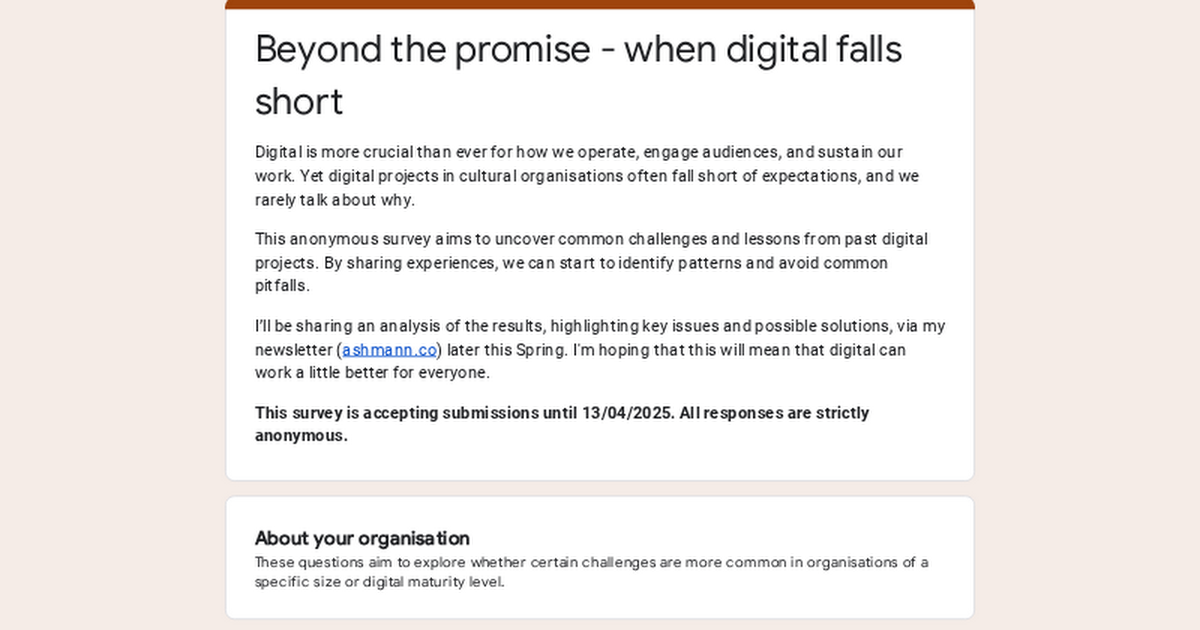
Vacancies
Chief Executive - Northern Stage - Newcastle, UK - £75,000 to £80,000 - deadline 13/04/25
Director, Box Office Operations - Sphere - Las Vegas, USA - $135,000 to $160,000
Senior Manager, Social Media Marketing - MoMA - hybrid/New York, USA - $83,000 to $113,000
Digital Content Creator - Museum of Fine Arts - Houston, USA
This week's consumption
Not something I've been to, but I love the work of Peter Mitchell, and tonight (7th March) a new exhibition of his work opens at The Photographers' Gallery in London. "Peter Mitchell is widely regarded as one of the most important early colour photographers of the 1970s and 80s. A powerful storyteller and social historian, Mitchell’s photography unfolds a longstanding and poetic connection with Leeds. He has chronicled the people and places, and the demolition and development of the city with warmth and familiarity for over 40 years."
I finished The Queen's Gambit, which I really enjoyed. The styling is immaculate, the performances are great, and the narrative - while it is perhaps unsurprising in terms of where it ends up - is still pretty satisfying. Apparently the book is better (as always), so I'll add that to the list.
We went to see Anora which was great, and like three films crammed into one (in a good way). Xan Brooks's review gives a good sense of the vibe, "what a jolting, tragicomic journey Baker and Madison arrange for us here. Their film clatters and squeals like an unoiled crosstown train, kicking up sparks as it veers from midtown Manhattan to snow-blown Coney Island and from tawdry fantasy to harsh, hard reality."
I came across this song, Behind the Gates, from Alice Edelweiss, I really like her voice, and how melodramatic the whole thing is.
I also heard this Leonard Cohen song in the car. First we take Manhattan, is from 1988 and sounds exactly like what you might imagine 1988+Leonard Cohen to sound like.
See you next week
Thanks for reading all the way to the end. Here is a strange but fun website for Gufram (I like the switch between the grid/space view of the products).
To finish, a quick reminder that I'm a consultant who helps cultural organisations do better digital work - if it sounds like I could be useful, then let's chat.




